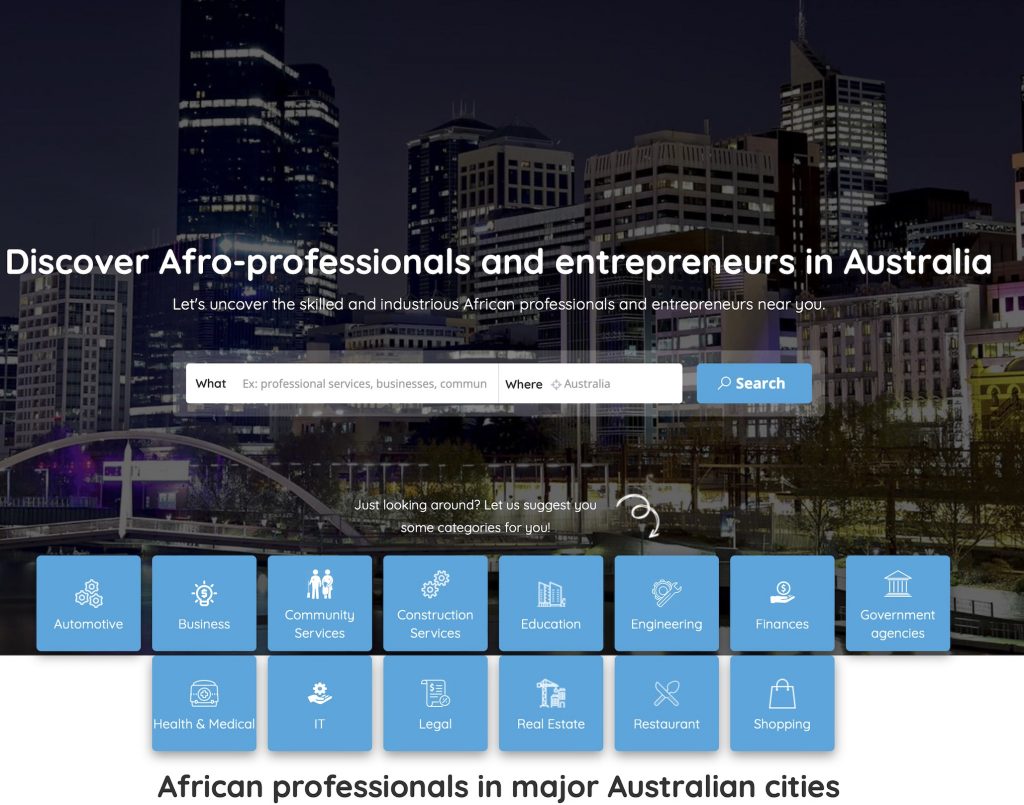The Buying Black (BB) movement is an economic initiative that encourages consumers, especially within Black communities, to support Black-owned businesses. The goal is to circulate money within the community for a longer period, fostering economic growth and self-sufficiency. As Black businesses thrive, they often reinvest in their communities, creating jobs, supporting social programs, and contributing to charitable efforts.
While the movement has been successful in America, it is also relevant to other African diasporas, including Australia. However, the Black business landscape in Australia is still developing, and African-Australian entrepreneurs may not yet have the same level of business acumen as their American counterparts. Platforms like **Afropreneurs Summit** aim to promote the “Buy Black” philosophy, helping to elevate African-Australian businesses and contribute to community growth.
Black couple running a local cafe
Despite its positive intentions, the BB movement faces several challenges. In the U.S., issues such as inconsistent product quality, poor customer service, and limited business visibility have been noted. Additionally, many Black-owned businesses struggle to access capital and resources to compete with larger companies. Some consumers view these businesses as having higher prices, while others expect discounts, both of which can hinder profitability. Negative past experiences also affect trust within the community, making it harder to sustain support.
In regions like Australia, where there are fewer Black-owned businesses, it can be difficult for consumers to consistently support Black entrepreneurs. To overcome these hurdles, business owners must focus on improving service quality, while consumers should view supporting Black businesses as an investment in the community’s economic future. The success of the Buying Black movement relies on a mutual commitment from both business owners and consumers. For Black-owned businesses, improving operational standards is critical. This includes investing in staff training, refining customer service, and offering high-quality products or services that meet or exceed industry standards. By elevating the overall customer experience, these businesses can attract a wider range of clients, not just those within the African-Australian community. Moreover, strategic marketing and leveraging digital platforms can help increase visibility and reach, addressing one of the key challenges identified in the movement.
On the consumer side, there is a need for a shift in mindset towards long-term community investment. While it is important to expect quality and professionalism, consumers must also recognise that supporting Black businesses contributes to collective economic growth. This may require patience and a willingness to work through early-stage challenges, especially in developing regions like Australia.



